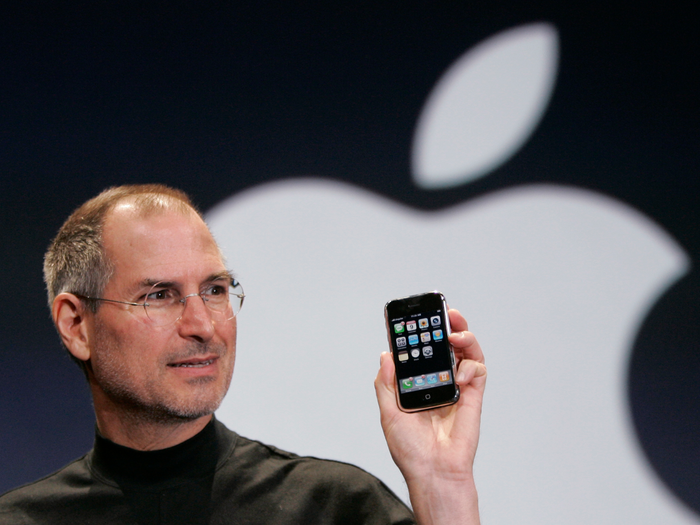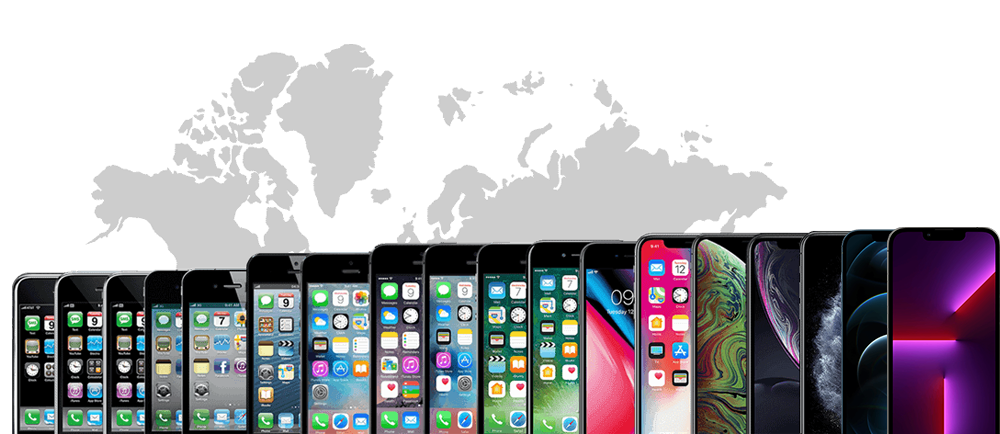Happy 15th to iPhone! Read how the smartphone has changed our lives!
About 15 years ago, the leading tech giant launched its smartphone onto the market and the rest is history. The first-ever iPhone made its blockbuster debut in the market on 29 June 2007. It was on this very day that the first iPhone went on sale to the public.
Happy June 29th, iPhone!
29th June marks Apple iPhone’s 15th anniversary. When the founder and former CEO Steve Jobs introduced the cell phone in January 2007, he announced that the smartphone would have a touch screen, rear-facing camera along with internet access and the music capabilities of an iPod as well as its phone capabilities. Around that time, the iPhone cost $499!

Ever since its debut, the iPhone has undergone major improvements over the last decade and a half. These include sharper cameras and longer battery life, which made it hard to put down this popular pocket computer.
On June 29 2007, Apple started selling its first smartphone in the US. Announced to an eager audience back then, the iPhone has revolutionized how we continue and even how we live day to day. Let us take a walk through the various major changes that Apple’s killer flagship model has undergone in the past years.
Timeline of the Revolutionary Smartphone : iPhone Evolution
From introducing Mac computers in the 1970s to the iPod in 2001, Apple was brilliant at engaging with its audience and encouraging extraordinary levels of hype while launching any product. Vintage iPhones were (almost) universally glowing, applauding Apple’s attention to detail and style. The only lacuna, however, was its network connectivity, which resulted in slow speeds on phone carrier networks, rather than the device itself.
Speaking of attention to detail and style, early iPhones were indicative of an emerging trend toward smartphones with large-format screens (something which still reflected the form of a phone). Additionally, the OG iPhone offered Wi-Fi, supported 2G EDGE connectivity and had internet download speeds below 500Kbps (compared to multiple Mbps speeds today). It was also limited to 4GB or 8GB models. This might sound pitiful compared to the 1TB options available today, but it’s enough to hold hundreds of songs or videos and was revolutionary at the time.
Future of Portable Pocket Computers
Speaking of iPhone’s future, Apple will probably continue with annual product releases. These models will (probably) come with improvements in speed, weight, battery life, camera resolution and storage capacity. However, it is unlikely of us to see many ground-breaking innovations in the upcoming years.
Besides, the latest iPhones are already highly sophisticated ‘mini computers’—implying there is limited scope for fundamental enhancement. In fact, the most radical change will be the shift from Apple’s proprietary lightning connection to USB-C charging (thanks to the European Union directive). While a common power connector standard is widely considered a positive one, Apple does not seem convinced.
The conclusion here is, we cannot predict how the iPhone will look or feel like in the upcoming 15 years. Although major analysts and leak gurus are congruently attempting to highlight the latest changes with their near-to-accurate predictions, we cannot say they are entirely accurate. Nevertheless, it is likely the demand for Apple products will still be there—driven by Apple’s strong brand loyalty.
Read Also : Apple’s Efforts to Become a Futuristic Tech Gadget Failed! Read How.



What is new about ‘Snap+’, Snapchat’s new premium subscription plan?
[…] Read Also : Happy 15th to iPhone! Read how the smartphone has changed our lives! […]